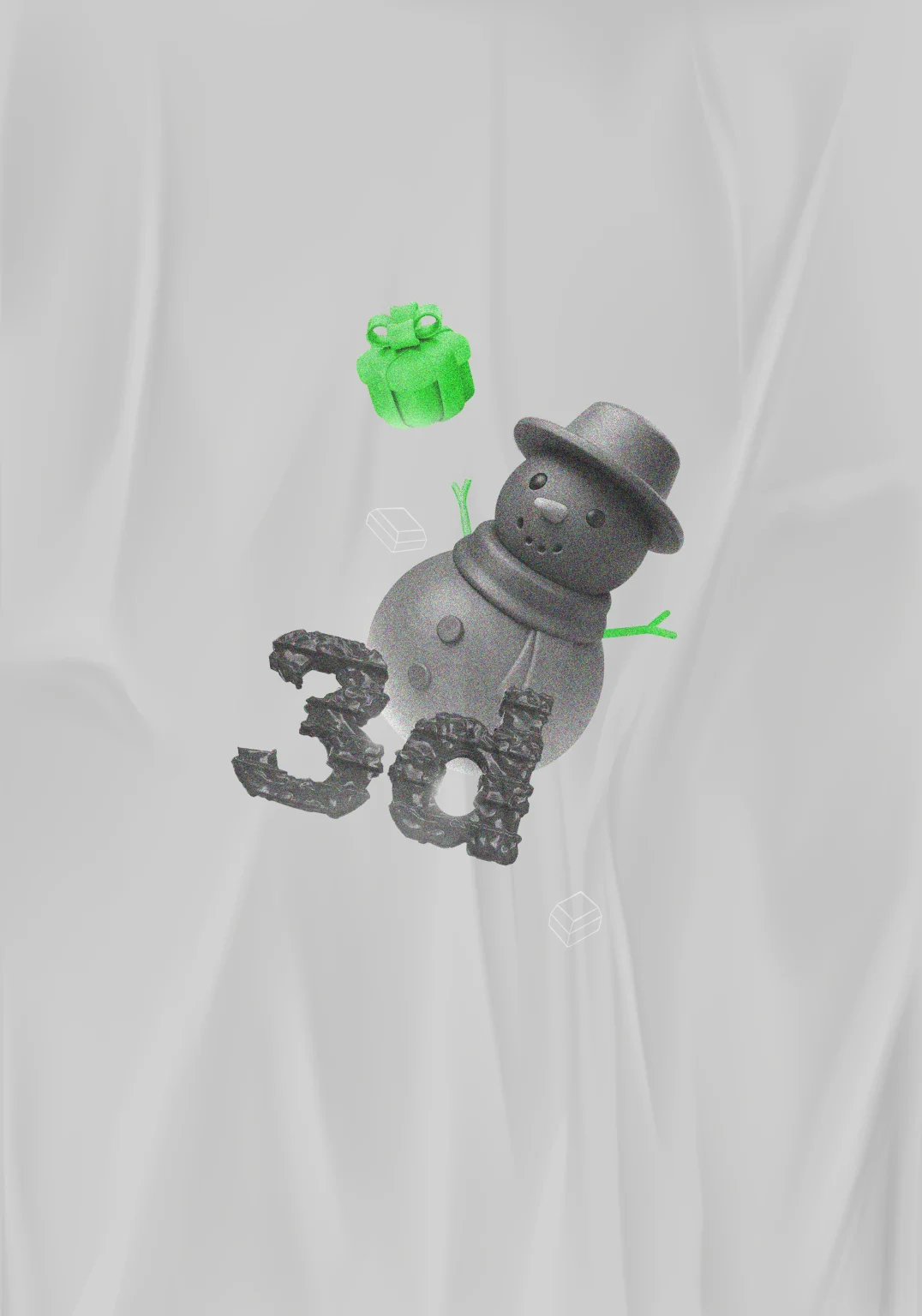We all have, at least once, clicked on a website only to watch it load at the speed of a sleepy snail. Or tried to tap a button, but the page jumps like it’s dodging your touch. Honestly, it is a bit tiresome! But the good part is that Google understands our problem. That is why it introduced Core Web Vitals. It helps in measuring and fixing these frustrating experiences.
A sluggish and unresponsive website is not just irritating for the users; it’s bad for your business as well. It takes a hit on search rankings, conversion and even engagement. By now, you must have understood how vital Core Web Vitals are for your website. So let’s get into it.
Understanding Core Web Vitals
Core Web Vitals rely totally on user experience. They are performance metrics that Google uses to check whether a website is providing a decent experience to the users or not. There are mainly three key aspects of these metrics:
- Largest Contentful Paint (LCP): LCP measures a website’s loading performance. Ideally, your site should load its main content within 2.5 seconds.
- First Input Delay (FID): This metric tracks if a website has a pleasant interactivity. Users should be able to interact with your site in under 100 milliseconds.
- Cumulative Layout Shift (CLS): CLS checks visual stability. Websites need to have a CLS score of 0.1 or less to provide a good user experience.
Importance of Core Web Vitals
Core Web Vitals directly affect how well your website performs, from SEO rankings to user engagement and conversions. A fast, smooth site keeps visitors interested, increasing the chances they’ll take action instead of bouncing away. Plus, Google prioritises websites that offer a great experience, pushing them higher in search results.
How to Improve Core Web Vitals
Speed Up Largest Contentful Paint (LCP)
Largest Contentful Paint (LCP) is a measure of how long it takes for the biggest and most important part of your webpage, like an image, a heading, or a block of text, to fully load.
It can happen for many reasons. Maybe your images are too large, or your website has too many heavy elements loading at the same time. Sometimes, the server response is slow, or the CSS and JavaScript files make everything lag. Whatever the reason, if the most important part of your website doesn’t show up quickly enough, visitors won’t stick around to find out what you have to offer.
Reduce First Input Delay (FID)
First Input Delay (FID) measures the delay that a website shows when a user interacts with it. The reason behind this delay could be that the browser is so busy loading other things, like heavy JavaScript, that it can’t focus on any other interaction quickly. Breaking long-running scripts into smaller units can help in fixing this.
Another thing that causes delay is browser caching. By storing frequently used elements, pages reduce delays and load faster. Additionally, cutting down on unnecessary third-party scripts prevents them from blocking key processes.
Fixing FID is crucial because no one likes waiting for a website to catch up with them.
Improve Cumulative Layout Shift (CLS)
Cumulative Layout Shift (CLS) measures how much elements on a page move around unexpectedly while it loads.
One way to prevent layout shifts is by specifying height and width attributes for images and videos. This ensures the browser reserves the right amount of space before it loads. Another common issue is dynamic ads or banners that appear out of nowhere, pushing content down. So, next time you are using dynamic ads, make sure it is kept in a designated space.
Fonts can also cause layout shifts if they load differently from the default styles. Ensuring they are properly loaded helps maintain visual stability.
Optimising Website Crawling and Indexing
Use an XML Sitemap
An XML sitemap acts as a roadmap for search engines, guiding them to important pages on your site. It helps Google understand your website structure and ensures crucial content gets indexed quickly.
Optimise Your Robots.txt File
A robots.txt file tells search engine bots which pages they can and cannot crawl. Misconfigurations here can block crucial pages from indexing, harming your SEO.
Conclusion
Core Web Vitals are essential for a high-performing, user-friendly website. By focusing on LCP, FID, and CLS, along with proper site indexing techniques, you can offer an experience that’s fast, interactive, and visually stable.
Today, shaving off seconds from load times or preventing layout shifts can be the difference between a sale and a lost customer. So, take these insights, implement the strategies, and watch as your website climbs the search rankings.
Frequently Asked Questions
What is an XML sitemap, and why is it important?
An XML sitemap helps search engines find and index your important pages, improving visibility and rankings.
What does a robots.txt file do?
It tells search engines which pages to crawl or ignore, helping control indexing and site structure.
How can I check if my website is being crawled and indexed?
Use Google Search Console to check indexing status, inspect URLs, and fix crawl issues.
What are Core Web Vitals, and why do they matter?
Core Web Vitals measure site speed, interactivity, and stability. They matter because they can improve SEO, user experience, and conversions.



